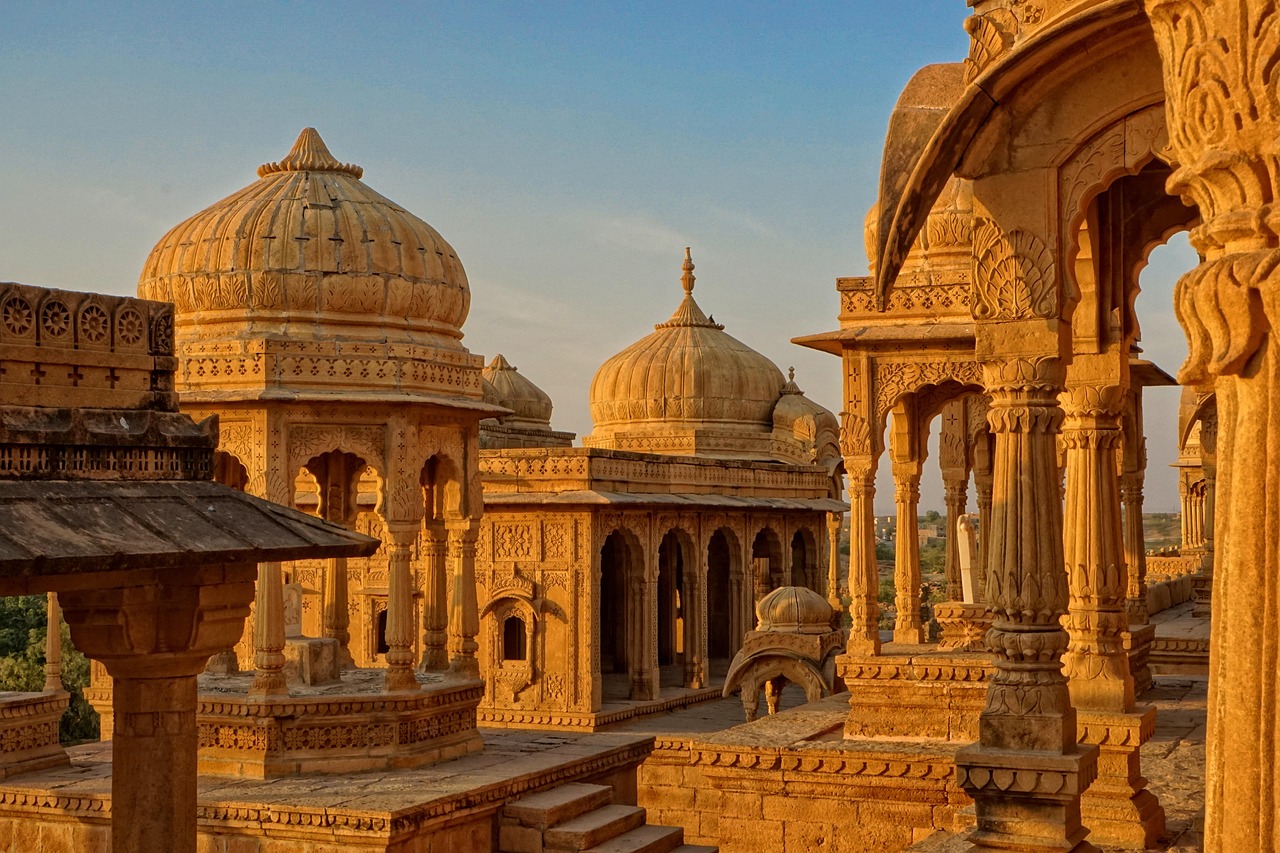India is often classified as a developing country due to its rapid economic growth, large population, and ongoing efforts to improve its infrastructure, social systems, and living standards. However, despite significant strides in recent years, India continues to face many challenges that hinder its complete transformation into a developed nation. The country's development trajectory is shaped by its historical context, socio-economic disparities, political environment, and global positioning.
1) Historical Context and Development Path
India's journey towards development began after gaining independence from British rule in 1947. The
Over the decades, India experienced several phases of economic growth, but it was not until the early 1990s that significant reforms were introduced. The economic liberalization of 1991 marked a pivotal moment, with the government moving towards a market-based economy. This shift, coupled with an increased focus on technology and service industries, led to impressive growth rates. India’s booming IT and software sector, as well as its expanding manufacturing base, helped improve the country’s global economic standing.
2) Economic Growth and Opportunities
India's economy has grown at a remarkable pace in the last few decades, emerging as one of the fastest-growing major economies globally. As of 2023, India's GDP stands as the fifth-largest in the world, and it is projected to become the third-largest in the coming years, surpassing Japan and Germany. The services sector, particularly information technology, telecommunications, and business outsourcing, has played a significant role in driving this growth.
The government’s focus on infrastructure development has led to improvements in transportation, energy, and digital connectivity. Highways, metros, and airports are being constructed rapidly, and India is making strides in renewable energy, especially solar power, as part of its efforts to tackle climate change and meet rising energy demands.
3) Challenges to Development
Despite these successes, India faces several challenges that prevent it from achieving fully developed nation status. The country is still grappling with issues like poverty, inequality, and unemployment. According to the World Bank, nearly 10% of India’s population continues to live below the international poverty line, and vast disparities exist between rural and urban areas, as well as across different states.
i. Poverty and Inequality: While poverty rates have decreased significantly over the years, millions of people still live in poverty. A large part of the rural population lacks access to basic amenities like clean water, sanitation, and healthcare. The economic benefits of growth have not been evenly distributed, and India faces stark inequality in terms of income, education, and health outcomes.
ii. Education and Skill Development:Although India has made strides in improving literacy rates, there is still a significant gap in the quality of education, particularly in rural areas. The education system is often criticized for being outdated and inadequate in preparing young people for the demands of the global economy. Skill development initiatives are crucial, as the country needs to equip its large youth population with the necessary skills to thrive in a rapidly changing job market.
iii. Healthcare: India’s healthcare system faces significant challenges, including underfunding, limited access to healthcare in rural areas, and an overburdened public health infrastructure. The COVID-19 pandemic highlighted the deficiencies in the system, exposing the gaps in preparedness and access to medical services. Although the private healthcare sector is growing rapidly, it is often out of reach for the poor.
iv. Governance and Bureaucracy: India’s complex bureaucracy and sometimes inefficient governance pose obstacles to faster economic progress. Corruption, red tape, and the slow pace of policy implementation can delay important reforms and hinder the ease of doing business. While the government has made efforts to reduce these barriers through initiatives like the Goods and Services Tax (GST) and the Digital India program, challenges persist.
v. Environmental Concerns: India’s rapid industrialization and urbanization have resulted in significant environmental challenges. Air and water pollution, deforestation, and overexploitation of natural resources are major issues. Balancing economic growth with environmental sustainability remains a difficult task for the country.
4) India’s Global Role and Future Prospects
On the international stage, India plays a key role in regional and global affairs. It is a member of various international organizations, including the United Nations, BRICS (Brazil, Russia, India, China, South Africa), and the World Trade Organization. India’s strategic location, large market, and growing military and technological capabilities give it significant influence in global geopolitics.
In the coming decades, India is likely to continue its ascent as a global economic powerhouse. The country’s demographic advantage, with a young and growing workforce, positions it well for future growth. However, India will need to address the challenges it faces in education, healthcare, infrastructure, and governance to ensure that its development is sustainable and inclusive.
Conclusion
India is undeniably a developing country, with immense potential for future growth and global influence. While the nation has made remarkable progress in its economic transformation, it still faces significant challenges that need to be overcome for it to reach its full potential. The combination of continued economic reform, improved governance, and investment in human capital will be key to India’s success in becoming a developed nation. The road ahead is long, but India’s vibrant democracy, youthful population, and burgeoning economy make its future prospects promising.
7 Must knowing facts of Modern Indian Technology &Economy click here
India's Role on the Global Stage click here




Comments
Post a Comment